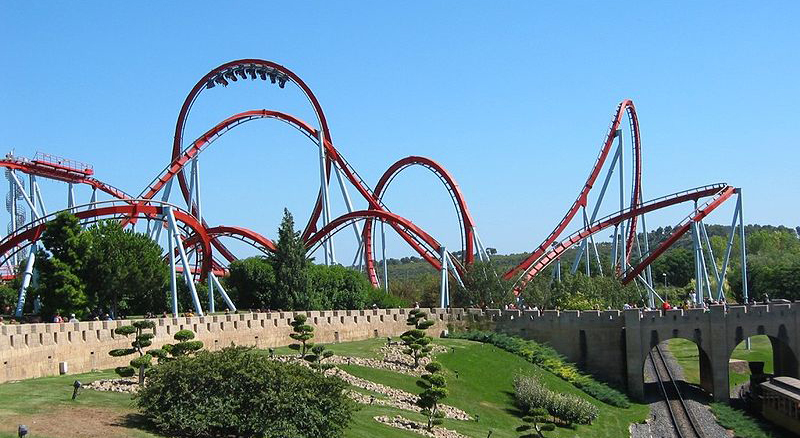[OpenStax College Physics 2e: Two-dimensional kinematics] Two-dimensional motion: Introduction to two-dimensional motion
 Introduction to two-dimensional motion
Introduction to two-dimensional motion

The arc of a basketball, the orbit of a satellite, a bicycle rounding a curve, a swimmer diving into a pool, blood gushing out of a wound, and a puppy chasing its tail are but a few examples of motions along curved paths. In fact, most motions in nature follow curved paths rather than straight lines. Motion along a curved path on a flat surface or a plane (such as that of a ball on a pool table or a skater on an ice rink) is two-dimensional and thus described by two-dimensional kinematics. Motion not confined to a plane, such as a car following a winding mountain road, is described by three-dimensional kinematics. Both two- and three-dimensional kinematics are simple extensions of the one-dimensional kinematics developed for one-dimensional motion in the previous chapter. This simple extension will allow us to apply physics to many more situations and it will also yield unexpected insights about nature.
Learning outcomes
The student will...
- understand that two-dimensional vectors can be decomposed in two independent components and apply rules of vectors to decompose motion accordingly;
- describe both quantitatively and qualitatively the motion of projectiles and their properties;
- understand the notion of relative velocity and the role of the observer in it, and apply vector addition to determine relative velocities.

Or visit omptest.org if jou are taking an OMPT exam.



